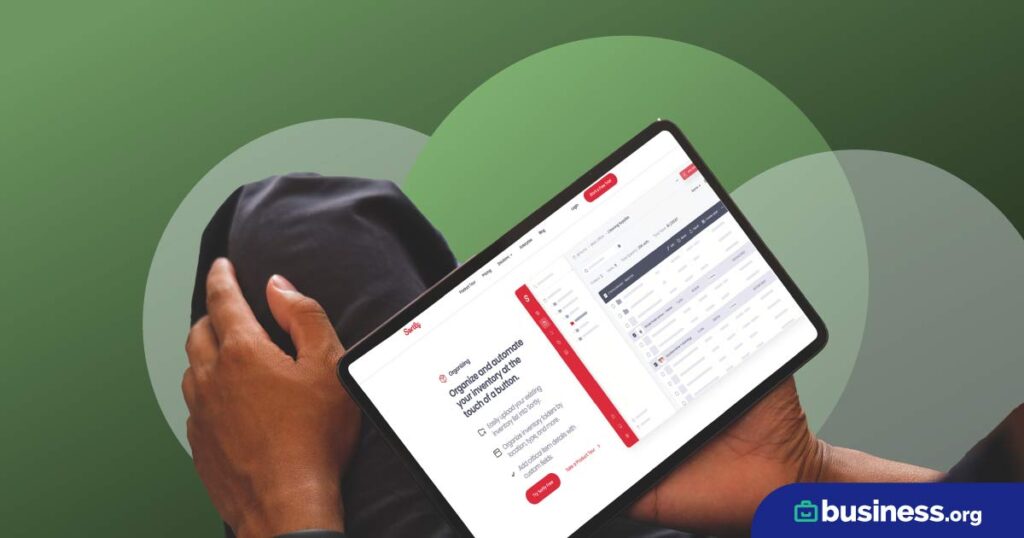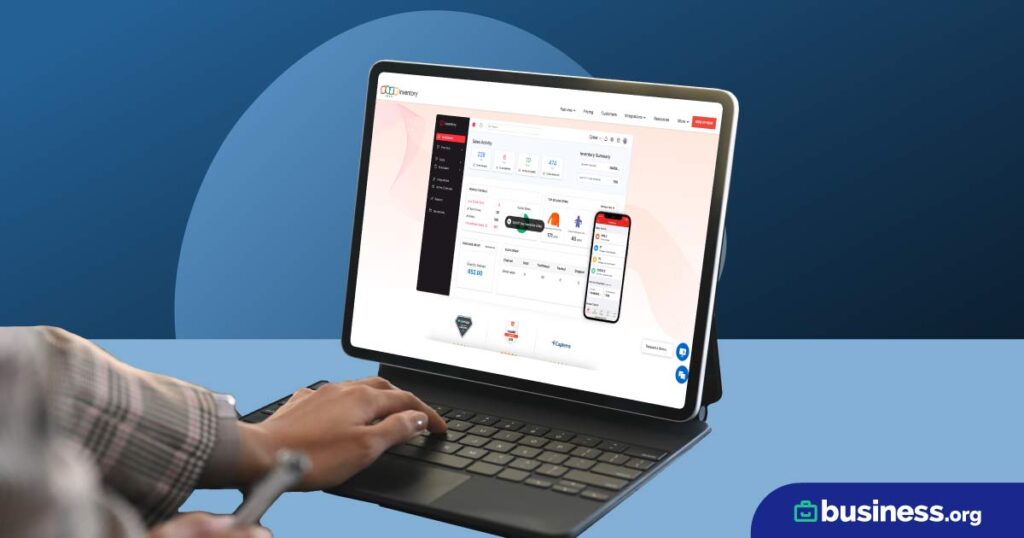We are committed to sharing unbiased reviews. Some of the links on our site are from our partners who compensate us. Read our editorial guidelines and advertising disclosure.
7 Essentials to Know Before Launching a Dropshipping Business
Starting a dropshipping business is a relatively easy way to get started as an entrepreneur. But even though this business model can be cheaper and less risky than traditional brick-and-mortar retail, there are some disadvantages to keep in mind. Here are seven essentials you need to know before entering this space.
By signing up I agree to the Terms of Use and Privacy Policy.
1. Lots of competitors
Because dropshipping is such a low-cost business model, there are few barriers to entry and it’s easy for anyone to get into the dropshipping space. So as a dropshipping entrepreneur, be prepared to face intense competition. Other dropshippers might drive down the prices of your products, which makes it harder to make a profit. It can also be hard as a small dropshipping business owner to create a memorable, compelling brand identity for your company.
How to handle this challenge
Think strategically about what makes your business unique and ask yourself the following questions:
- Why should people buy from your business if they can buy from a bigger name, better-known retailer?
- Can you provide a good enough customer experience or a unique selection of products that will make people want to keep buying from you?
- What makes your business unique enough to separate yourself from the competition? Is it your knowledge of products, your specific dropshipping niche within the industry, or your clever customer service?
2. Lack of quality assurance
One of the biggest dropshipping advantages—outsourcing your product fulfillment to third-party suppliers—is also a potential dropshipping disadvantage. Because you are trusting your suppliers to manage the fulfillment process, you don’t have full visibility or control over the quality assurance (QA) process. If your supplier makes a mistake, ships the wrong package, packs broken merchandise, or otherwise fails to uphold customer expectations, it’s you who will take the blame.
How to handle this challenge
Maintain close relationships with your suppliers. Try to get a dedicated customer support agent at each supplier who can answer your questions and help you understand your options if issues arise. And make sure to overcommunicate with your customers. If shipping is delayed or if there are fulfillment issues at the warehouse, make sure they hear it from you first.
3. Brand differentiation is difficult
Since the competition among dropshippers tends to be so intense, it can be hard to build a brand for your business. Especially if you are selling most of the same products as your competitors and using the same suppliers, your customers might not understand why they should buy from your business. This can make it hard to differentiate your business from the competition, and it can reduce your pricing power to charge a higher price and build a comfortable profit margin.
How to handle this challenge
Think strategically about which products you want to offer, which dropshipping niche you want to serve, how to create a unique customer experience, how to provide great customer service, and anything else you can do to make the process of buying from you worth paying a higher price.
4. Profits under pressure
Intense competition and difficulty creating a unique brand might mean that your dropshipping business is under pressure to cut your prices, causing your profit margins to suffer. Ideally, you should not try to compete on price—there will always be some bigger business out there that can offer lower prices. As a small dropshipping business, your goal is to be profitable and have a comfortable life, and cutting your prices too much will put your business in jeopardy.
How to handle this challenge
Instead of cutting prices and sacrificing profits, think about how you can find a narrower niche, offer more specialized products, and create a better customer experience that people are happy to pay for.
5. Lack of fulfillment control
Because a dropshipping business outsources its fulfillment to third-party suppliers, you can’t put a personal touch on your products as they are packaged and shipped. You have to trust your suppliers to handle fulfillment and get products shipped correctly. While this helps you save money, it also takes away a last point of contact with your customers.
How to handle this challenge
Build relationships with customers via other channels. Make sure your emails and other communications to customers are highly focused, personalized, and memorable. Send people a follow-up survey to ask how they enjoyed their buying experience. Ask people to sign up for your newsletter or follow you on social media. Even though you can’t control the product’s final packaging and shipment, you still have several ways to reach customers.
6. Out-of-stock inventory
Because they rely on third-party wholesale suppliers, dropshippers don’t have the same visibility into the inventory management process as a traditional retailer. This means that you might not know which inventory items are in stock, which means that your customers might try to buy a product that’s not available—no one wins in this situation. Lack of inventory can be especially problematic during peak demand for seasonal items, or during slowdowns in supply chains.
How to handle this challenge
Consider using dropshipping suppliers and platforms that offer real-time inventory management tools. Or, ask your suppliers what your options are in case of out-of-stock inventory.
7. Lack of discounts and special offers
Running a dropshipping business gives you a lot of freedom, but it also limits your options for how to offer special promotions or discounts. Big ecommerce retailers can often offer their customers special deals on packages of products or cross-selling multiple items, but dropshipping companies might not have the scale, resources, or flexibility to do this.
How to handle this challenge
Ask your suppliers what options are available for bundling multiple products together, or cross-selling different items as part of the same order. Some suppliers might be able to work with you in creative ways to package multiple products for special deals and discounts.
The takeaway
There are several advantages to launching a dropshipping business, but be careful not to overlook the unique challenges this business model can pose. Understanding these challenges can help you focus your business plan and develop a better understanding of why you’re in business and how you want your business to stand out from the crowd.
Want to learn more about dropshipping? Read What Is Dropshipping? to determine if it’s right for you.
Related content
Disclaimer
At Business.org, our research is meant to offer general product and service recommendations. We don't guarantee that our suggestions will work best for each individual or business, so consider your unique needs when choosing products and services.




